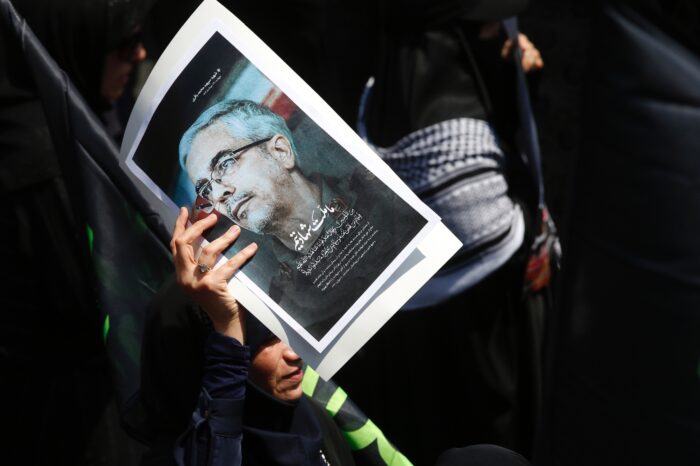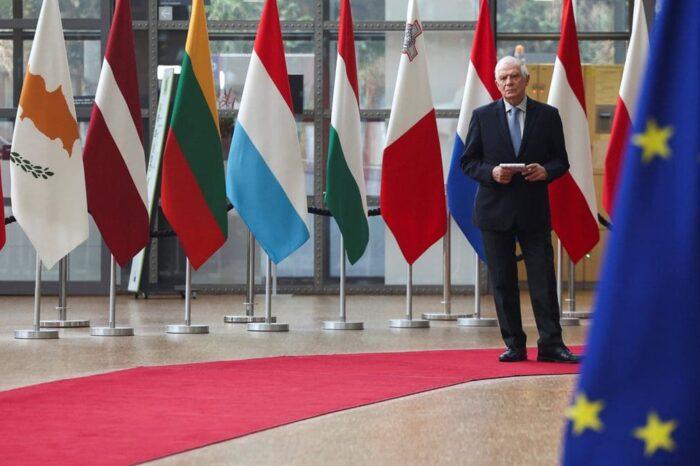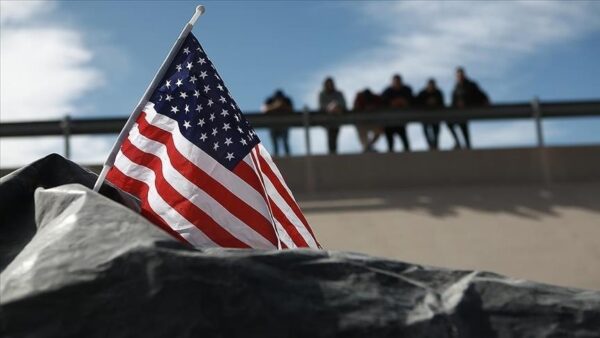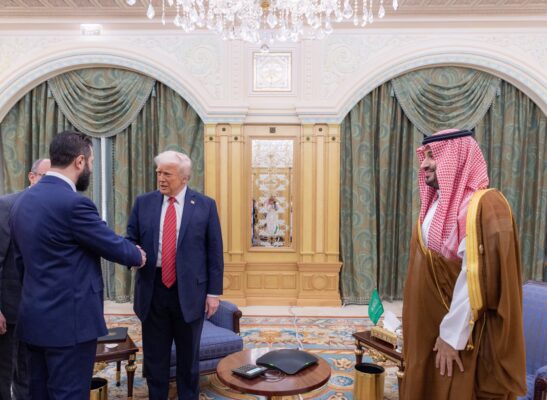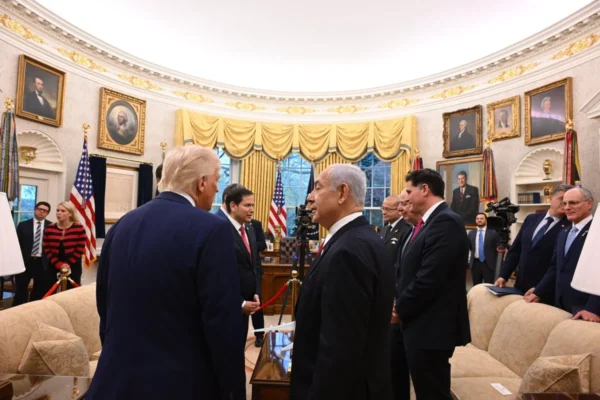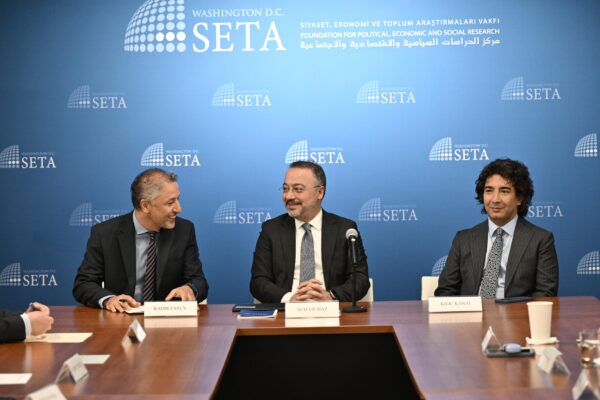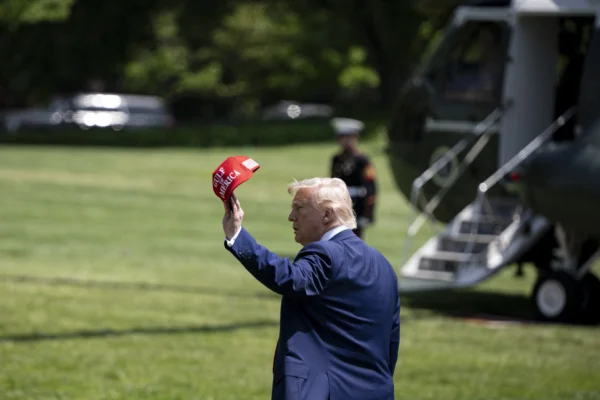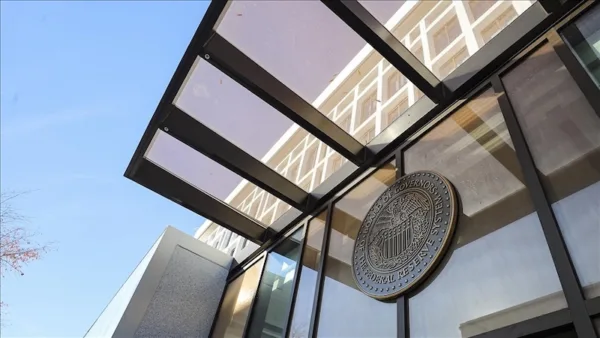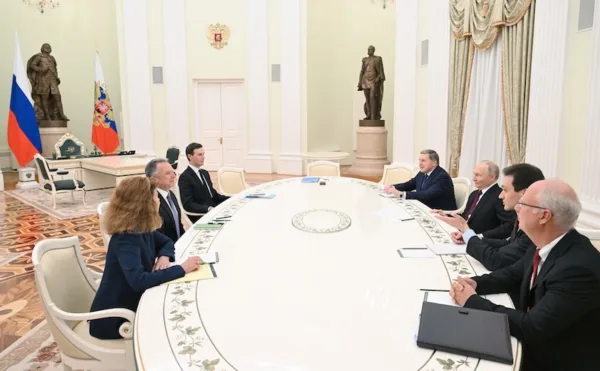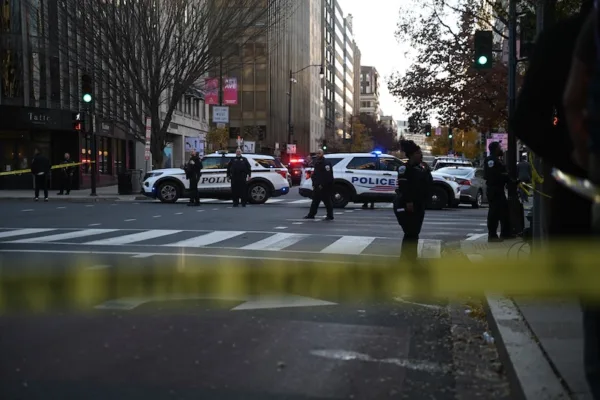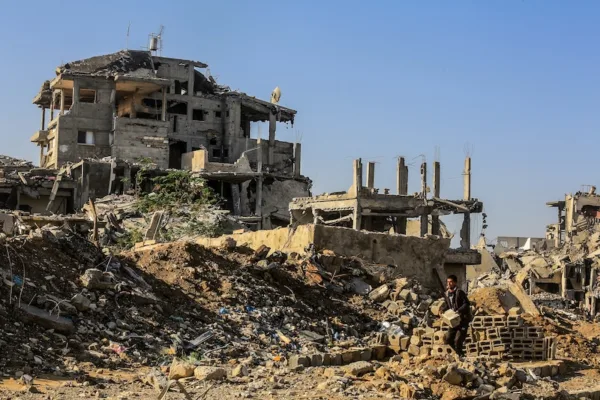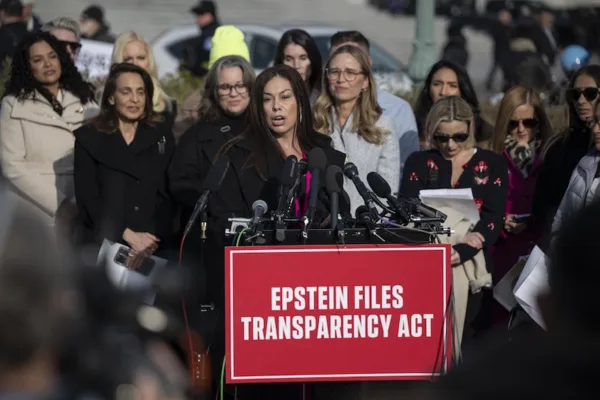With Soleimani dead and Iran vowing revenge, what’s next?

Since the killing of Qassem Soleimani in Baghdad last week, there have been debates, questions and concerns about the potential implications of this attack on U.S. foreign policy and the international relations of the Middle East in general. The missile attacks of Iran on a base in Iraq and the debates about a Ukrainian airlines plane presumably shot down by a missile increased the level these discussions.
Although the remarks of U.S. President Donald Trump and the statement of U.S. officials about their readiness to negotiate with Iran at this point seem to have lowered the tension in the past few days, there are still too many concerns in regard to unpredictability and uncertainty about the situation. Three main issues need to be observed in the coming days about the potential outcomes of the Soleimani attack.
First of all, what is next for U.S. foreign policy? Following the attack and the sending of more troops to the Middle East, there are questions about U.S. policy in the region.
While President Trump’s motto from the very beginning has been ending “long and endless wars” in the Middle East, the potential escalation in Iran risks another of these conflicts, this time more directly with Iran, in the Middle East.
Such escalation not only leads to an operational or tactical challenge for the U.S. but could also be a strategic impediment to its policy shifts toward the Asia Pacific. In fact, instead of focusing on the rise of China and its potential threats to U.S. military and economic might, such a change in the focus can generate another source of diversion for the U.S. strategic perspective.
Second, there will always be a question in regard to an “exit strategy” for such an escalation in the Middle East. This has been a frequently mentioned problem in U.S. military interventions in the Middle East in the last two decades. The statement about the readiness to negotiate with Iran at this point does not sound like a very viable exit strategy at this point given the difficulty of having a diplomatic channel before de-escalation and the public reaction in Iran toward the U.S.
Likewise, the attack and its aftermath have raised another issue in regard to Iran’s destabilizing capabilities in the Middle East. In the aftermath of the attack, the main debate has revolved around possible further Iranian retaliation.
Specifically, Iran’s declarations of vengeance may develop into potential scenarios for Iranian attacks on American targets. The scenarios include potential direct or sponsored cyber/missile/terrorist attacks by Iran on U.S. bases, U.S. allies and even U.S. cities. Some have projected further destabilization in the Middle East and deterioration of the situation in some of the civil wars in the region, including Syria and Yemen.
The repertoire of these potential attacks demonstrated that there is something inherently wrong. Many now one more time assert that no country should make the region this vulnerable to other countries.
Finally, the statements in the aftermath of the Soleimani attack once again demonstrated the problem of planning and implementing foreign policy in the U.S.
Most of these statements raised more questions and concerns about U.S. foreign policy decisionmaking. The “cultural sites” tweet of President Trump and the 9/11 tweet of Vice President Mike Pence generated great debate whereas the discussions between some members of Congress and officials of the U.S. administration raise question marks about the rationale behind the attacks.
These contradictory statements and confusing explanations of the attack have become new examples of the poor handling of a foreign policy crisis for the U.S.
This article was first published by Daily Sabah on January 11, 2020.

